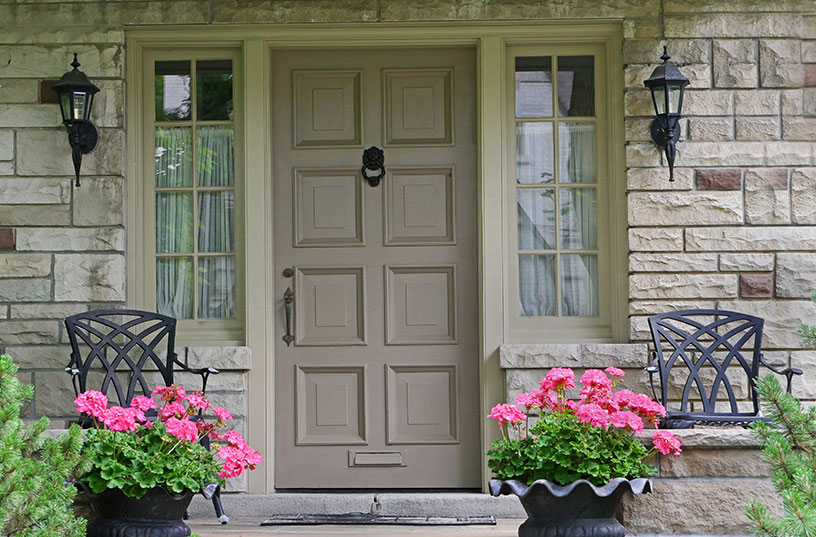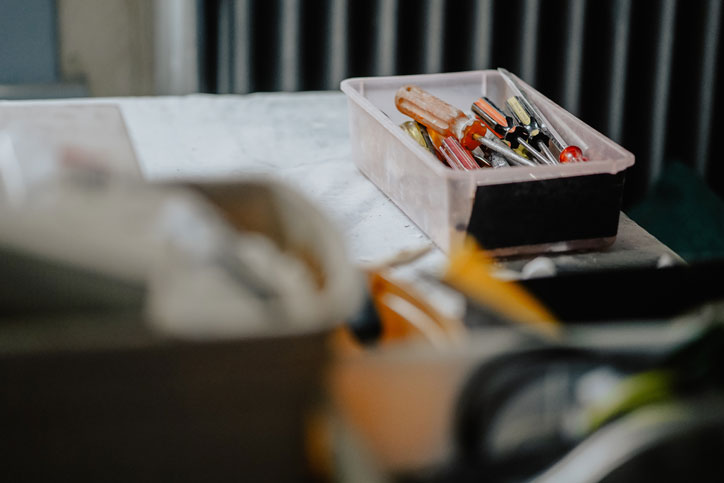Moving to a new home can be an exciting, happy change. You might be looking forward to redecorating your new abode, meeting the neighbors, and exploring a different area. However, according to surveys, moving is also one of the top stressors in life, preceded only by divorce and death! Not only are you adapting to a new environment, but there a lot of details to think about – not the least of which is the costs involved in moving. It’s true that moving expenses can add up, but there are some things you can do to keep costs down.
What does it Cost to Move?
The cost of a move depends on a number of factors. The average cost of a local move is $1,250, but if you’re moving a long distance (1,000 miles), the average cost goes up to $4,890. These estimates are based on a 2- to 3-bedroom home, so if your home is smaller or larger, costs are adjusted accordingly. It may also depend on the number of items you have to move. When calculating the cost of a move, you need to factor in the size of your move, travel fees (for long distance moves), packing services (if you plan to use this service), and moving supplies, such as boxes, bubble wrap, and packing paper. To estimate costs, you can use an online moving calculator.
Money-Saving Tips
There is a funny quote that often pops up when people talk about moving: “I’d rather find a new friend than help you move.” Even the best of friends and the most generous family members might dread being asked to help you move. It may have been fun when you were 20 years old, living in a one-bedroom apartment, but moving an entire house with years of accumulated belongings is a much bigger task! No amount of free pizza is worth it.
However, even if you hire a professional moving company (highly recommended), there are ways to reduce the costs:
1. Declutter and get rid of excess belongings
Since movers typically charge by the hour, fewer items mean reduced labor costs. Moving is a great time to go through your belongings and get rid of unnecessary items. Start early by cleaning out your closets, and then go through each room with three bins: One for donation, one for sale items, and one for trash. It can be overwhelming and emotional to get rid of belongings, but most people find the process actually reduces anxiety. And, by selling items you no longer need or want, you can earn some extra cash to help with moving expenses. Need some tips? Check out this blog on How to Declutter Your Home.
2. Pack yourself
If you followed tip #1, you’ll have less stuff to pack and move. Professional movers offer packing services but doing it yourself can significantly reduce your moving expenses. To pack like a pro, create a packing plan that includes what items you can pack early and what you should save for last. Creating a checklist can be very helpful. Then, gather packing supplies, including boxes, packing materials, tape and scissors, labels and markers, furniture covers, and cleaning supplies. Be sure to label each box with its contents and the room in which it belongs. Keeping an inventory of each box’s contents can also make unpacking easier. For more tips, check out Packing Tips for Moving Like a Professional.
3. Get several estimates
When selecting which professional movers to use, be sure to request estimates from several companies. Getting quotes will also give you an idea of how much your move will cost, so you can create a moving budget. Also, keep in mind that some companies offer price-matching guarantees if you receive a lower rate than the one you were quoted.
4. Move during off-peak times
Movers have peak and off-peak seasons. Many moving companies charge more during the summer months when demand is higher. Sure, everyone wants a “nice” moving day, without rain or snow, but an early spring or winter move might save you some money.
5. Use free or low-cost packing supplies
If you’re doing your own packing, you’ll find that these supplies can really add up. Start by asking friends and family members if they have saved cardboard boxes. With the amount of home deliveries being made these days, the chances are good that you can find a supply of free boxes. (Just make sure they are in good shape and reinforce the bottom with packing tape if necessary.) In addition, grocery stores will often give customers free boxes when asked. You can also save on bubble wrap and packing paper by wrapping bigger items with linens or blankets that you already own. Even socks and towels can be used to wrap small items, such as glassware. If you know people who have recently moved or are planning to move, ask them to save their boxes and packing materials.
While these tips offer the best cost savings, you might also consider moving some items yourself prior to the moving date. Some people prefer moving valuable items themselves instead of worrying about potential damage. Speaking of potential damage, you may want to consider a moving insurance policy which covers valuable items damaged in transit, which can save you money in the long run.
Moving is a big job that involves time and money (and usually some sweat). However, with some upfront planning and resourcefulness, you can reduce both the stress and costs of involved in a move. We wish you all the best in your new home!










